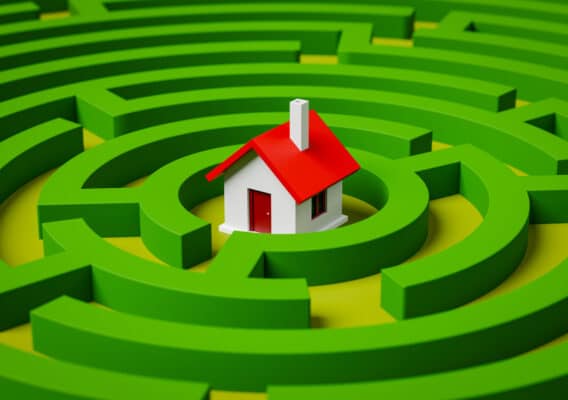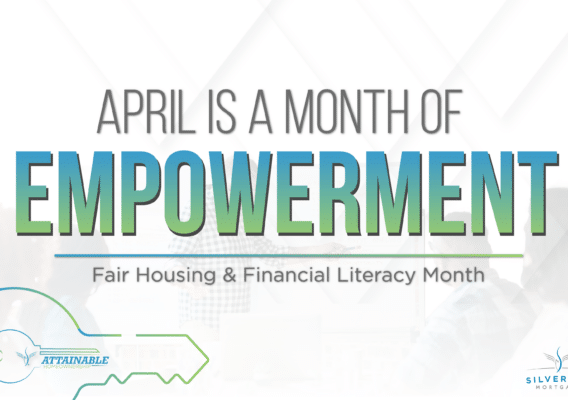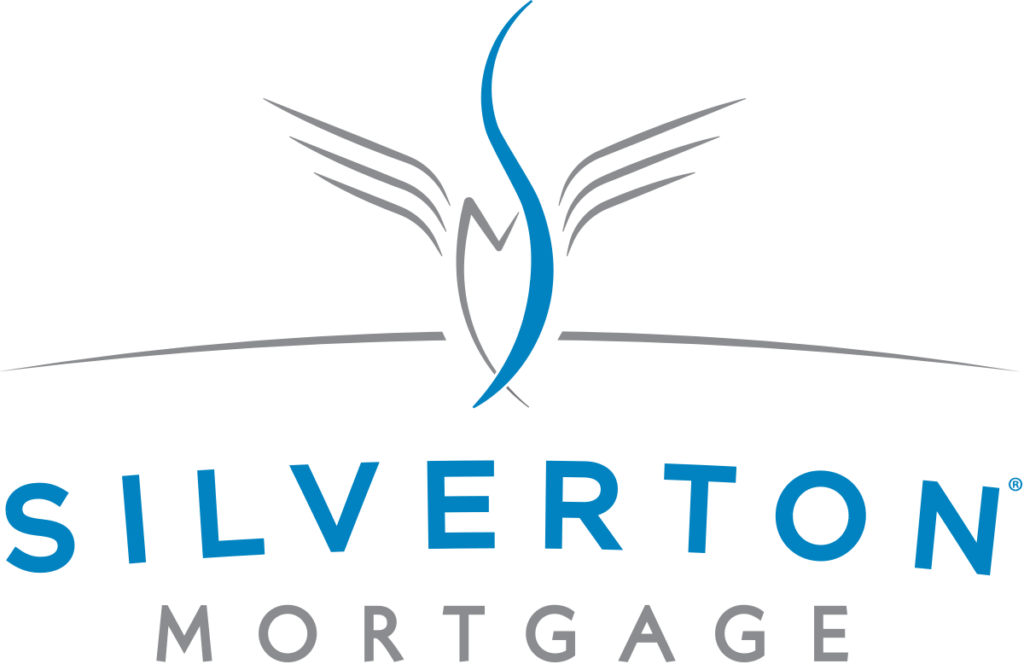Bankruptcy is a legal process where a judge and court trustee examine the assets and liabilities of individuals who can’t pay their bills. If accepted, debts are discharged and are no longer legally required to be paid. Ultimately, bankruptcy is when you owe more money than you can afford to pay. If this is your situation, you may want to consider filing for bankruptcy. The bankruptcy process is thorough and mostly involves filling out paperwork and providing details of your finances and debts. The first thing you’ll have to prove is that you have no way of paying off your debt through personal assets. If you have an inheritance, vacation home, or something else of significant value, it can be seized and used towards your debts.
During the bankruptcy process, you’ll have to submit bank statements as well as list all your debt. Everything will be reviewed by a government employee called a trustee. The trustee will examine your documents and review your case before determining whether your debt gets discharged. Your debtors will be notified of your intent to file for bankruptcy and be allowed to dispute your actions, but it is very rare that they do so. Typically, bankruptcy ends with you appearing before the trustee and formally acknowledging under oath that everything you submitted is accurate. Assuming everything goes well, your debts will be discharged. Once this has happened, your creditors will no longer be allowed to take action against those debts. This means that you’ll stop receiving phone calls and bills asking for payments.
The most common types of bankruptcies are Chapter 7 and Chapter 13. With Chapter 7 bankruptcy, most of your unsecured debt, such as credit cards and medical bills, can be wiped out rather quickly without the need to pay off any of the balances in question. This type of bankruptcy generally works best for low-income debtors who have little or no assets. When you file for Chapter 13 bankruptcy, you are required to pay back a portion of your debt through a repayment plan. It’s designed for people who have enough money left each month to make such arrangements.
Chapter 7 bankruptcy is by far the most common and there are many reasons why someone may seek to file. If bill collectors are calling, only the minimum payments are being made on credit cards, and there’s no clear plan on how to pay creditors, bankruptcy may be a viable option. Both Chapter 7 and Chapter 13 bankruptcies are effective ways to reset your finances and get a fresh start. According to a 2016 study by The American Bankruptcy Institute, 95.5 percent of Chapter 7 bankruptcy cases were successfully discharged that year while a little more than half of Chapter 13 filings were dismissed.
While being granted bankruptcy may seem like the easy way out of your financial responsibilities, it can be a long road to get back in good standing with future lenders. Bankruptcy should be considered a last resort as it destroys your credit score. You are literally starting over, which will make it hard to qualify for any type of credit. In fact, getting a loan will be very difficult for a few years afterward. You may qualify for some loans but not without significantly higher interest rates. This will be the case for up to ten years after your bankruptcy is finalized. Your goal post-bankruptcy is to prove to lenders that you can be responsible with your finances moving forward.
When it comes to buying a home, filing for bankruptcy can certainly throw a wrench in your plans. A home loan is most likely the biggest debt that you will ever take on and getting approved for a mortgage immediately after declaring bankruptcy is highly unlikely. However, your dream of homeownership isn’t impossible. The waiting period before applying for a mortgage after a Chapter 7 bankruptcy depends on the type of loan you’re looking to secure. You typically need to wait two years from your discharge date for FHA and VA loans, and three years with a USDA Rural loan. The longest wait period is four years with a Conventional loan. The wait is shorter for those who file Chapter 13 bankruptcy as it involves paying back an agreed-upon portion of your debt. Generally, you’ll have trouble securing a mortgage from one year of your elapsed payment period to whenever your payment plan is complete. There are programs available with shorter wait periods for both bankruptcy types, but they tend to require higher down payments and have higher rates.
The important thing to remember is that filing for bankruptcy will not hinder you from becoming a homeowner forever. You simply need to rebuild your credit in preparation for applying for a mortgage when you’re ready. A new chapter in your credit history may seem like an uphill battle, but it can be done. Bankruptcy will most likely appear on your credit report for ten years but will fade as time goes by with good habits. Here are some tips on moving forward after bankruptcy:
- Check your credit often and dispute anything that is inaccurate.
- Get a secured line of credit or loan that is backed with a deposit that you pay beforehand.
- Have someone cosign a loan or credit card for you. This is risky for the borrower so only do so if you’re positive you can make the monthly payments on time.
- Don’t take on unsecured debt. It will most likely come with higher than usual interest rates.
- Pay all your bills on time.
Having good credit is important for more than buying a home. The higher your credit score, the more likely you are to receive more favorable terms when you borrow money for any reason. Remember that if you’ve been approved for bankruptcy, chances are that your finances were already in a less-than-ideal state. This is your opportunity to press the reset button and start over. It will be difficult at times, but certainly not something that can’t be overcome. Do you have a bankruptcy in your past and aren’t sure whether you’re eligible yet to qualify for a home mortgage? Let a Silverton Mortgage professional help you figure it out.
You Might Also Like

Navigating the Mortgage Maze: The Mortgage Process Simplified

April: The Month of Empowerment

